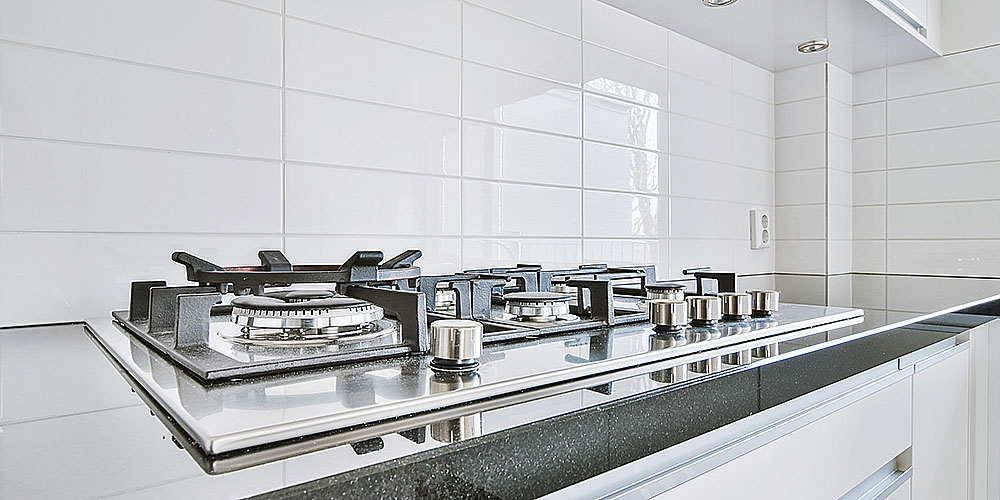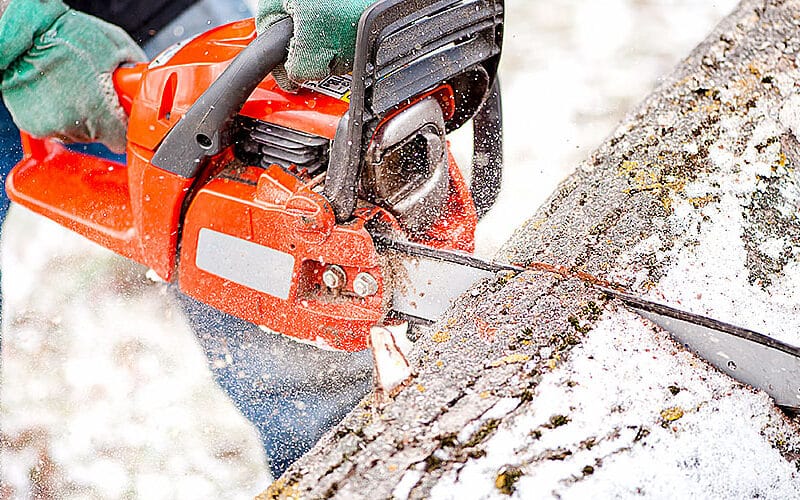When designing a kitchen for accessibility, every element counts towards creating a functional space that accommodates users of all abilities. Among the most crucial elements are the countertops, which serve as the primary workspace in any kitchen. Quartz kitchen countertops are a popular choice for such designs due to their durability, low maintenance, and non-porous nature, making them ideal for a space that needs to be both user-friendly and hygienic.
When incorporating quartz, designers must consider height and reach, ensuring that all areas of the countertop are easily accessible. This involves adjusting standard height specifications to meet the individual needs of the homeowner, potentially lowering them to accommodate wheelchair users or those who find it difficult to reach higher surfaces.
Optimizing Layout for Wheelchair Maneuverability
A key aspect of designing an accessible kitchen is ensuring that the layout facilitates ease of movement, particularly for wheelchair users. The floor plan should allow for a turning radius of at least 60 inches, enabling a wheelchair to turn and navigate without obstruction. This often means adopting an open-plan layout where possible, minimizing the risk of cramped spaces.
Pathways should be at least 36 inches wide for comfortable access, and installing lower cabinets and appliances can prevent the need for excessive reaching or bending. Positioning appliances like dishwashers and ovens at wheelchair-accessible heights further enhances usability, making the kitchen not only more accessible but also more enjoyable to use.
Selecting the Right Sink and Faucets
The choice of sink and faucets is integral to designing an accessible and budget-friendly kitchen. Sinks should be shallow and positioned at a lower height to accommodate seated users. Consider a sink depth of no more than 6.5 inches from the countertop surface to allow for easy reach.
Hands-free faucets or those with lever handles can significantly ease the operation for individuals with limited hand strength or dexterity. Moreover, installing a motorized sink that can be raised or lowered can provide an optimal solution for households with diverse needs, allowing each user to adjust the sink to their preferred height with ease.
Incorporating Storage Solutions
Storage in an accessible kitchen should be reachable and effortless to use. Lower cabinets should be designed with pull-out drawers instead of traditional shelves, making it easier to access items without having to reach deep into the back. Lazy Susans and pull-down shelving systems can also enhance accessibility, allowing users to bring items closer without straining.
For upper cabinets, consider mechanisms that allow the shelves to be pulled down to counter level. These modifications ensure that storage is not only ample but also adaptable to the needs of all users, regardless of their mobility or reach.
The Role of Granite Countertops in Accessible Design
While quartz is renowned for its ease of maintenance, granite countertops Rockville remain a favorite for those who prefer natural stone’s unique aesthetics. Granite’s durability and heat resistance make it suitable for kitchens where cooking is frequent and accessibility needs are diverse.
When integrating granite into an accessible kitchen, the countertops should feature rounded edges to prevent injuries from sharp corners, and like quartz, they should be installed at appropriate heights to suit the user’s specific requirements. The tactile quality of granite can also be beneficial, providing a distinct surface under the hands which can be helpful for visually impaired users.
Lighting for Visibility and Safety
Good lighting is crucial in any kitchen but becomes even more important in an accessible design. Proper lighting ensures that all areas are well-lit, minimizing shadows and glare which can be particularly challenging for those with low vision. Consider using a combination of overhead lighting, under-cabinet lights, and adjustable task lighting to illuminate workspaces effectively.
This not only enhances safety but also helps in performing kitchen tasks with greater precision and ease. It’s important to have switches placed at reachable heights and consider touch-operated or voice-activated lighting systems to accommodate users with limited mobility or dexterity.
Flooring Choices to Enhance Mobility
The flooring in an accessible kitchen should provide both comfort and mobility. Slip-resistant flooring is essential to prevent accidents, especially in areas prone to spills. Materials like textured vinyl, matte-finished tile, or slip-resistant laminate can be good choices.
The flooring should also be hard enough to allow for easy wheelchair movement but soft enough to reduce fatigue for those who stand for long periods. Transition thresholds between different types of flooring should be minimal to prevent tripping hazards and ensure smooth navigation from one area of the kitchen to another.
Appliance Selection and Placement
When selecting appliances for an accessible kitchen, consider their height, control placement, and ease of use. Ovens and microwaves should be installed at heights that can be easily reached from a seated position. Side-by-side refrigerators are preferable because they allow both the fridge and freezer to be accessible.
Look for appliances with front controls to avoid reaching over hot surfaces, and consider features like touch screens that are readable with high contrast visuals for the visually impaired. Dishwashers with drawers can be easier to load and unload, especially from a seated position.
Safe and Accessible Cooking Stations
Cooking stations should be carefully designed to accommodate users who need to sit or have limited reach. Induction cooktops are ideal because they only heat the cookware, leaving the surrounding area cool to the touch. These should be installed at a lower height with knee space underneath to allow for wheelchair access. Include countertop areas on either side of cooktops and sinks to provide space for food preparation and to place items within easy reach. Safety features such as automatic shut-off controls can further enhance the safety of the cooking environment.
Integrating Assistive Technology
To truly customize an accessible kitchen, consider integrating assistive technology that can help users with various disabilities. Technologies such as voice-activated systems can control everything from faucets to lights, improving accessibility for those with physical limitations.
Implementing smart home technology that can be controlled via smartphones or tablets can also help individuals operate kitchen appliances and systems with ease, providing a level of independence that is crucial in any accessible design.
Collaborating with Quartz Countertop Contractors
Toward the completion of an accessible kitchen design, collaboration with experienced quartz countertop contractors can be invaluable. These professionals can provide insights into the latest innovations in accessibility and offer custom solutions that cater specifically to the homeowner’s needs.
From selecting the right thickness and finish of quartz to ensuring that the installation aligns with accessibility standards, their expertise can make a significant difference in the functionality and aesthetics of the kitchen. By partnering with skilled quartz countertop contractors Potomac, homeowners can ensure that their kitchen is not only beautiful but fully adapted to provide independence and ease of use for all.


